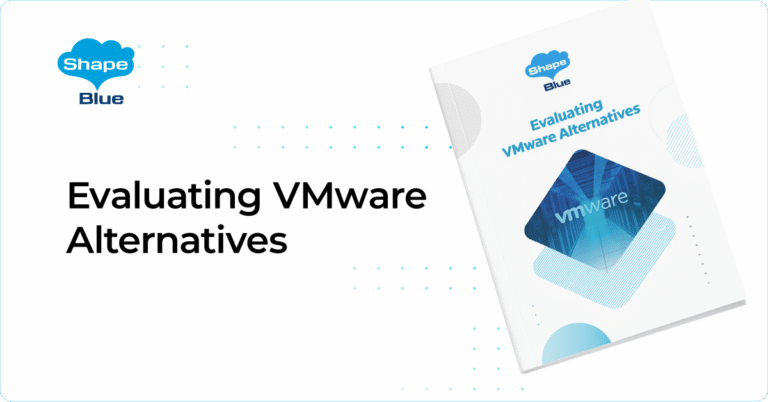
© Copyright – ShapeBlue Ltd 2013-2025. All rights reserved.
ShapeBlue Ltd is a company incorporated in England & Wales. ShapeBlue is a registered trademark.
CloudStack and the CloudStack logo are trademarks of the Apache Software Foundation.

Compare the top VMware alternatives for 2025 – Apache CloudStack, OpenStack, Proxmox, OpenNebula, and Nutanix